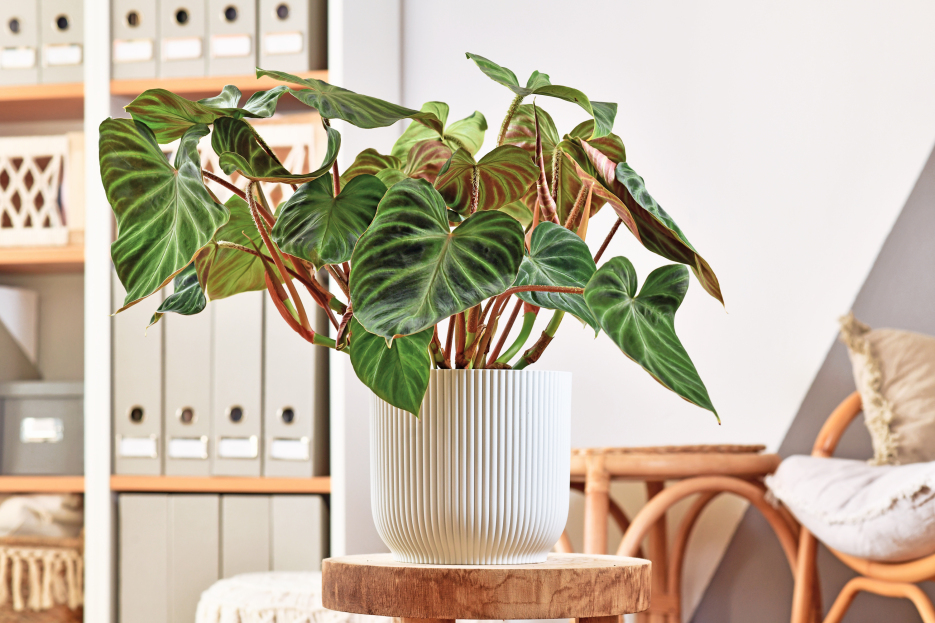
Philodendron verrucosum is a rare and exotic vining aroid known for its velvety, heart-shaped leaves and striking lime-green veins. Native to the humid cloud forests of Central and South America, this species brings a bold, jungle-like feel to any indoor space. Its fuzzy, bristled petioles and rich leaf texture make it a standout in any rare plant collection.
While it's undeniably beautiful, verrucosum does have specific needs—especially regarding humidity and airflow. But with the right conditions, it will reward you with lush, velvety foliage and strong, climbing growth.
Philodendron verrucosum prefers bright, indirect light. In its native habitat, it grows under the forest canopy, so avoid direct sunlight, which can scorch its delicate leaves. Place it near an east- or north-facing window, or in a spot where it receives filtered light throughout the day.
This philodendron thrives in moist, but not soggy, soil. Water when the top 1 to 2 inches of soil feel dry to the touch. Be consistent, but make sure the pot has excellent drainage to prevent root rot. During the warmer months, you may need to water more frequently. In winter, reduce watering as the plant enters a slower growth phase.
This plant loves high humidity. Aim for levels above 60%, with 70–80% being ideal for optimal growth and leaf health. Without sufficient humidity, you may notice crispy edges or slower leaf development. Using a humidifier or placing the plant in a greenhouse cabinet or terrarium setup can be helpful.
Keep temperatures between 65–80°F (18–27°C). Avoid cold drafts or temperatures below 13°C (55°F), which can stress the plant.
Philodendron verrucosum prefers a chunky, well-draining soil mix that retains moisture but also allows airflow. A mix of potting soil, orchid bark, perlite, and a bit of sphagnum moss works well. Good aeration helps mimic its native growing conditions and prevents root issues.
Repot every 1 to 2 years or when the plant becomes root-bound. Spring is the best time for repotting.
Feed your Philodendron verrucosum every 4–6 weeks during the growing season (spring and summer) with a balanced, diluted liquid fertilizer. Avoid over-fertilizing, which can cause salt buildup or leaf tip burn. In the cooler months, reduce or pause feeding.
As a natural climber, Philodendron verrucosum benefits from a moss pole or coir support. Giving it something to climb encourages larger, more mature leaves and mimics its growth habit in the wild.
Minimal pruning is needed. Remove yellow or damaged leaves to maintain your plant’s appearance. If vines grow too long or leggy, you can prune to shape and encourage bushier growth. Wipe the leaves occasionally to remove dust and help them breathe.
The best way to propagate verrucosum is through stem cuttings with at least one node. Root the cutting in water, sphagnum moss, or perlite until strong roots develop. Propagation is most successful in warm, humid conditions—try covering the cutting with a humidity dome or clear container.
Like most philodendrons, verrucosum is toxic to pets if ingested, due to insoluble calcium oxalates. Keep it out of reach of cats and dogs.